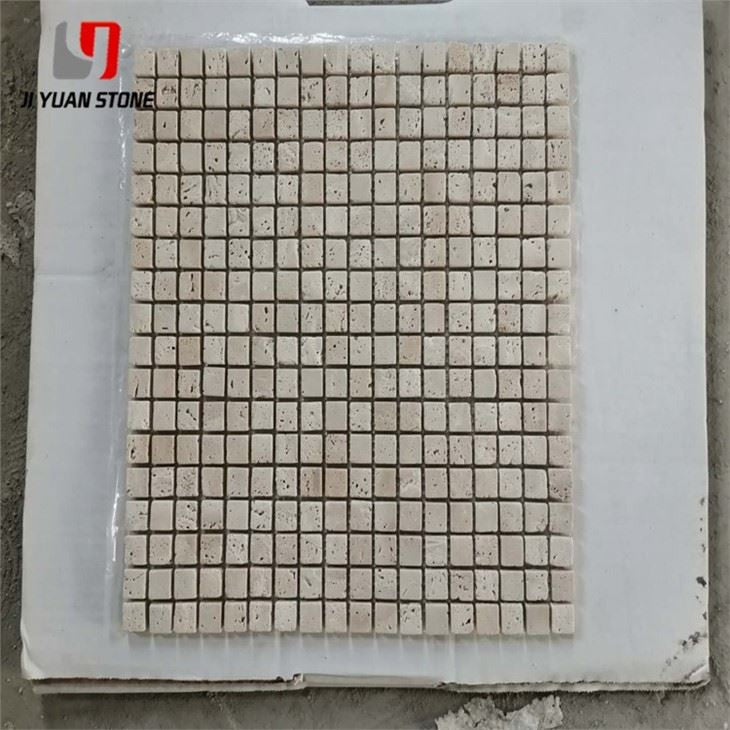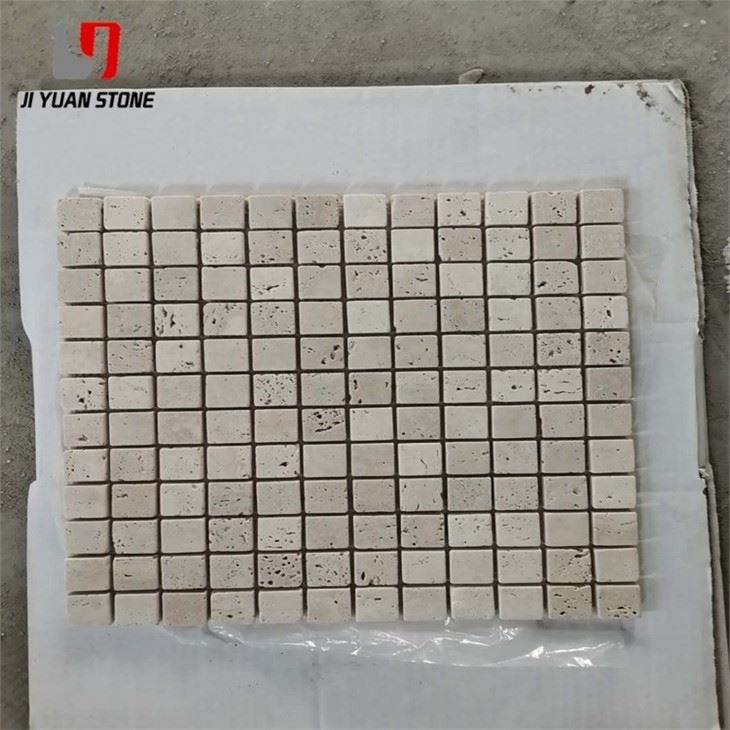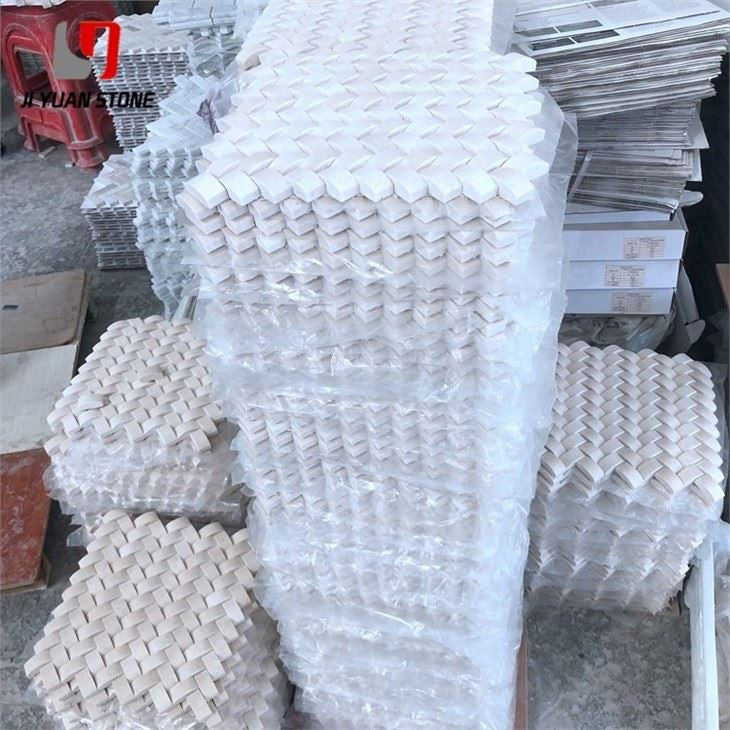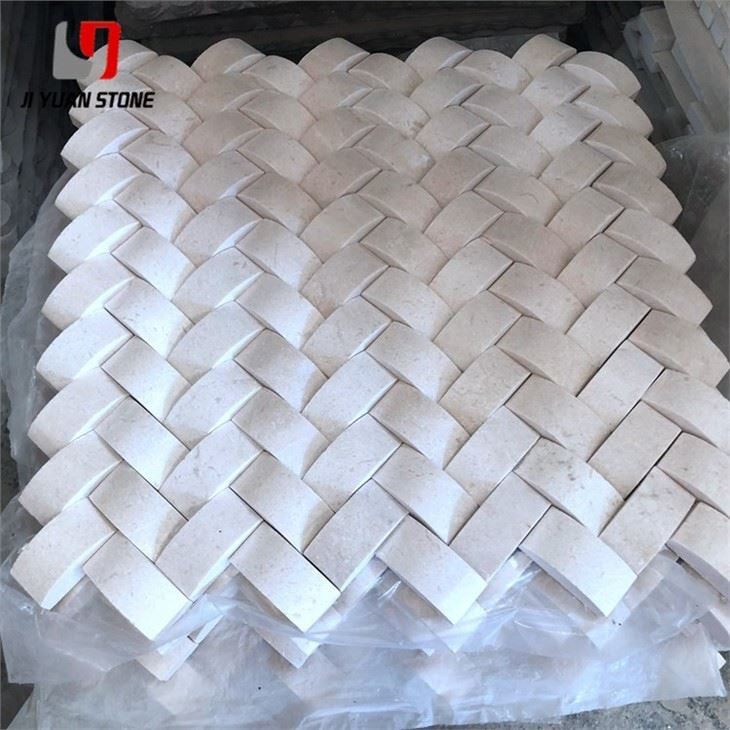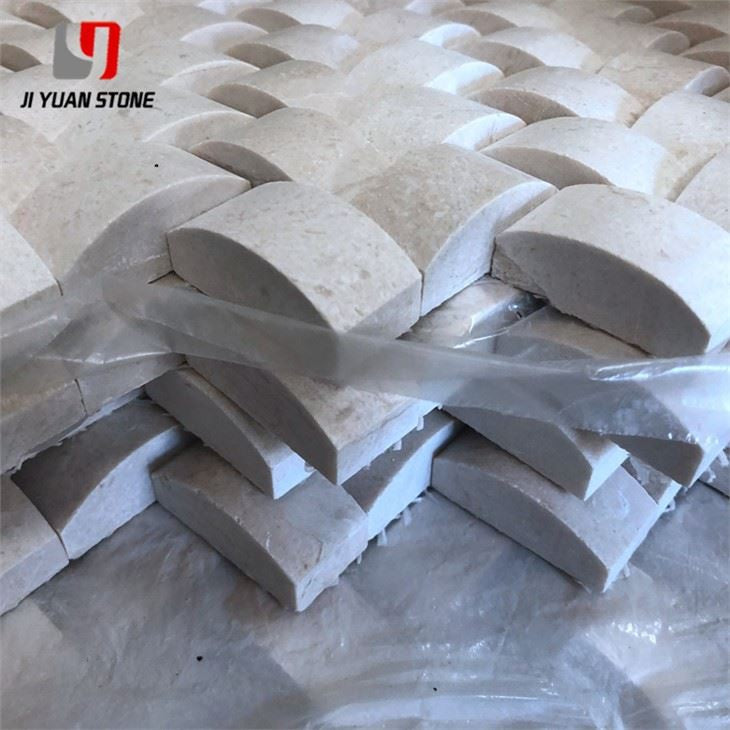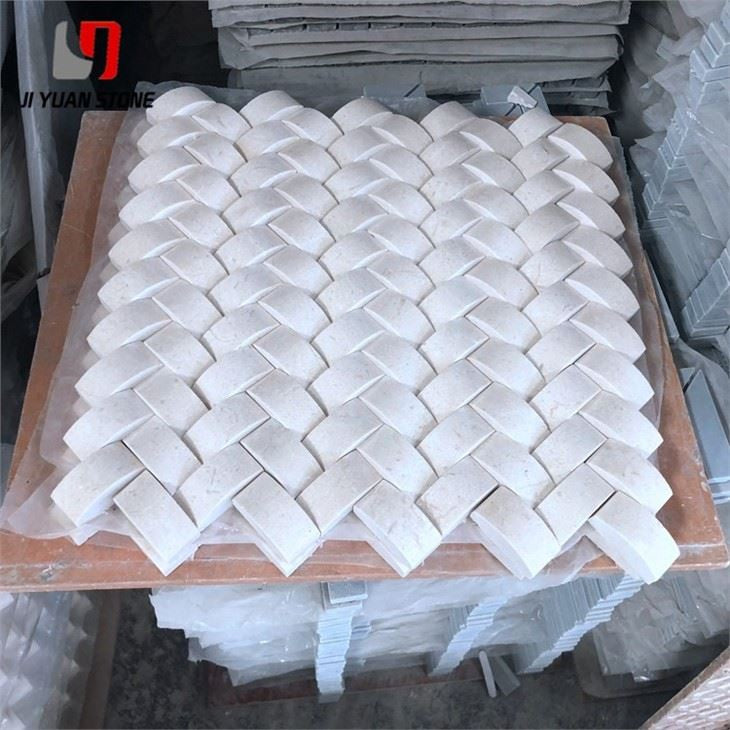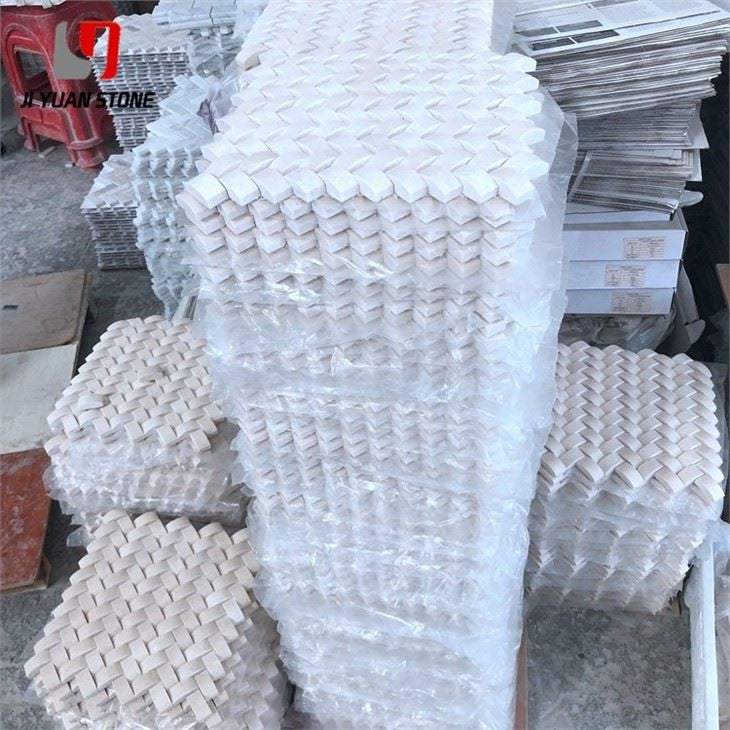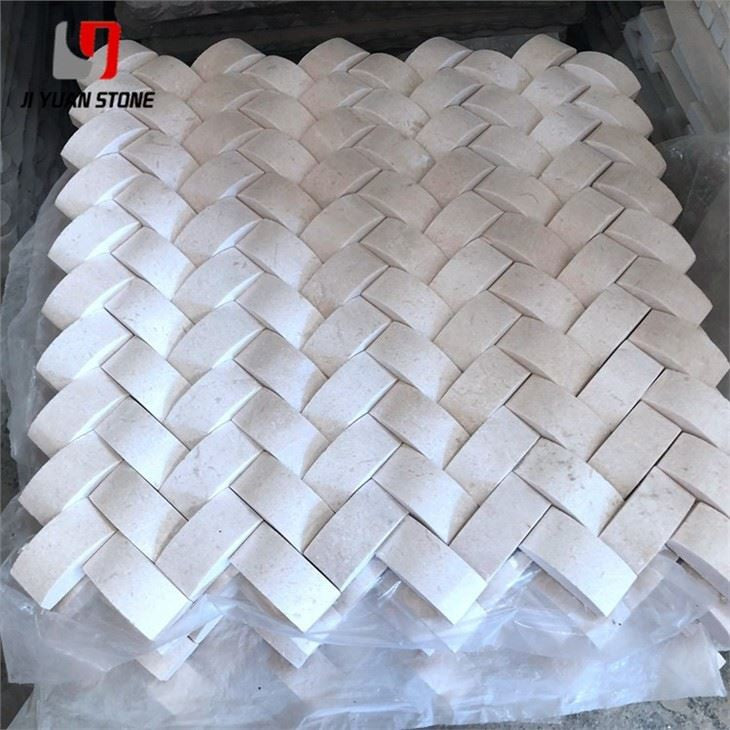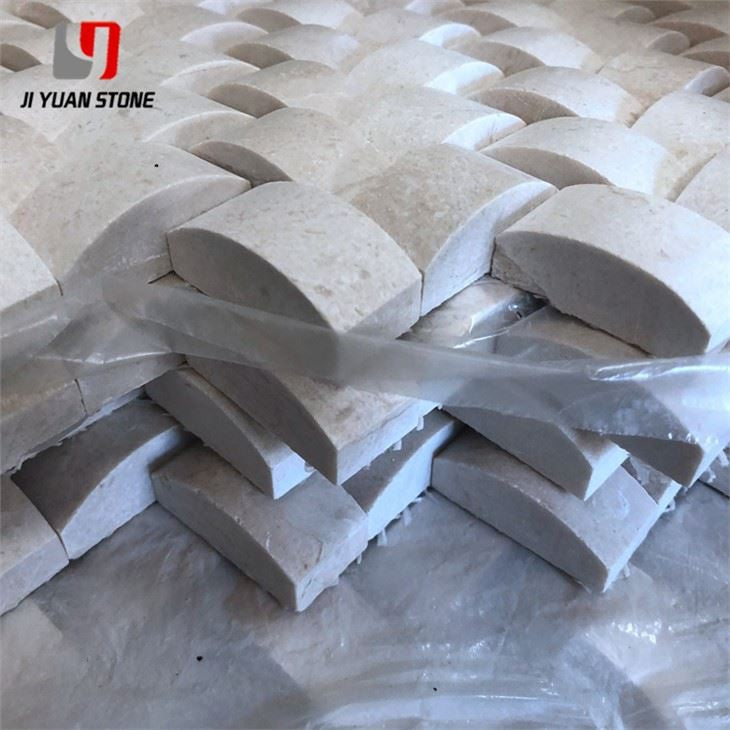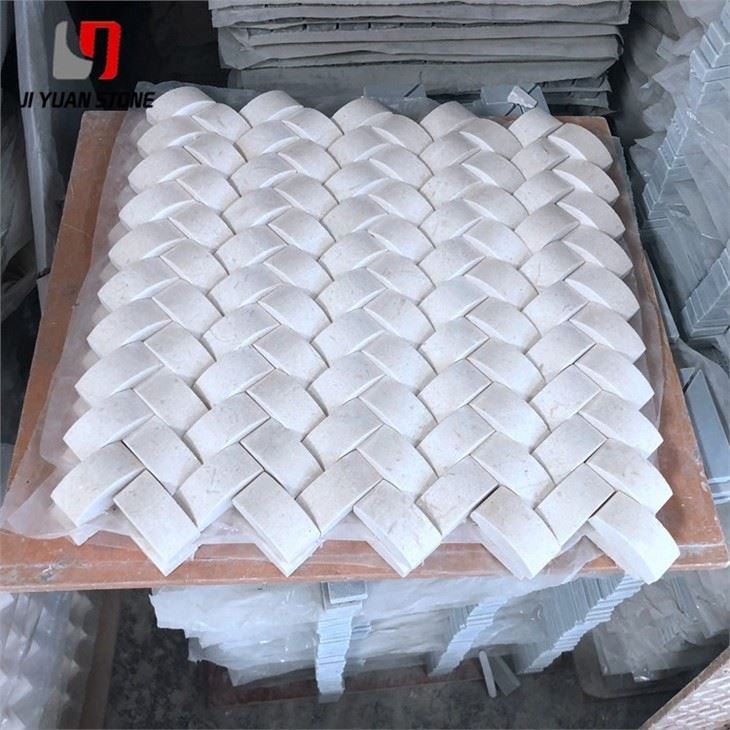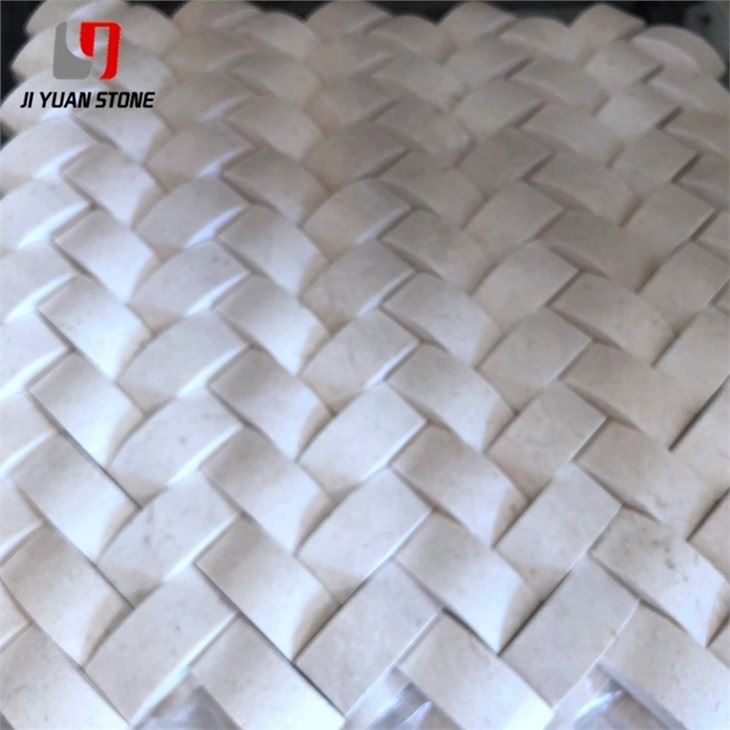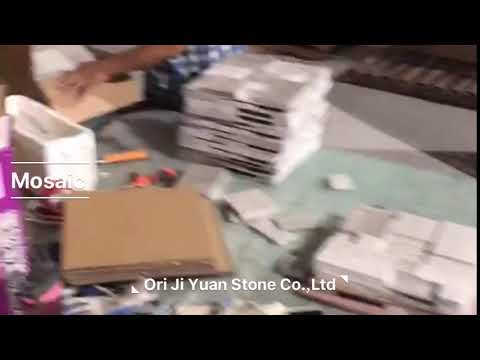1
/
of
9
Ivory Travertine Mosaic Tile
Ivory Travertine Mosaic Tile
This Ivory Travertine Mosaic Tile adds a touch of elegance to any space. Made of high-quality ivory travertine, it provides durability and a timeless appearance. Each tile is unique, making it a perfect choice for creating a one-of-a-kind look. Perfect for backsplashes, bathrooms, and more.
| Feature | Details |
|---|---|
| Material | Natural Marble Stone,Travertine,Limestone |
| Colour | As pictures show or customized |
| Shape | Square, Basketweave, Mini brick, Modern brick, Herringbone, Subway, Hexagon, Octagon, Mixed, Grand fan, Penny round, Hand clipped, Tesserae, Random strip, River rocks, 3D cambered, Pinwheel, Rhomboid, Bubble round, Circle bubble, Stacked, etc... |
| MOQ | Unrestricted |
| Warranty | 3 years |
| After-sale Service | Online technical support |
| Size | Customized Size |
| Style | Modern |
| Occasion | Wall or Floor |
| Project Solution Capability | Total solution for projects |
| Application | Bathroom |
| Design Style | Modern |
| Place of Origin | China |
| Model Number | Brass Marble Waterjet Mosaic |
| Shape | Irregular |
1. Choice of Grout
The selection of grout should be based on design requirements and the width of the gaps between the ivory travertine mosaic tile particles.
- For high engineering requirements with narrow gaps (Y-Jl), a solvent-based liquid glue with high transparency and non-yellowing properties is recommended.
- For uniform and larger gaps, use a combination of liquid glue and a gap filler that provides brightness after polishing. Additionally, purchase matching thinners and color pastes to customize the glue color.
- For lower engineering requirements with standardized gaps, cement-containing adhesives can be used.
2. Floor Ivory Travertine Mosaic Tile Paving Construction
Paving Process
The paving process consists of the following steps:
- Preparation before paving
- Wiping and scraping the slurry
- Mosaic row board arrangement
- Paving and pasting requirements
(1) Preparation Before Paving
- Remove debris and floating dust from the working surface.
- Spray water to moisten the ground before applying the primer.
- Ensure the back net is perforated and penetrates the gaps between the particles.
- Apply an interface agent on the back mesh of the ivory travertine mosaic tile.
(2) Wiping and Scraping the Slurry
- Accurately estimate the required amount of base slurry.
- Evenly scrape and smooth the mixed slurry onto the base surface.
(3) Mosaic Row Board Arrangement
- Pre-arrange and verify the components according to the pattern requirements.
- Ensure proper splicing of patterns, seam sizes, and component mounting dimensions.
- Proper reservations should be made to prevent incorrect paving, which could lead to particle detachment.
(4) Paving and Pasting Requirements
- Once compacted, the primer must penetrate the mesh and bond with the lower part of the particles, ensuring a strong adhesion.
- Since polishing is required in later stages, the overall component paving should be 0.2 cm higher to accommodate the finishing process.
Share
